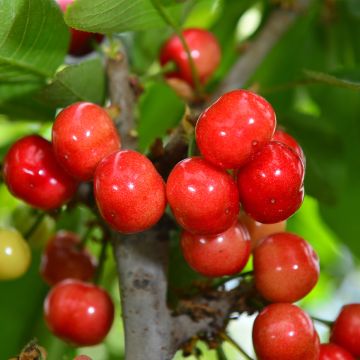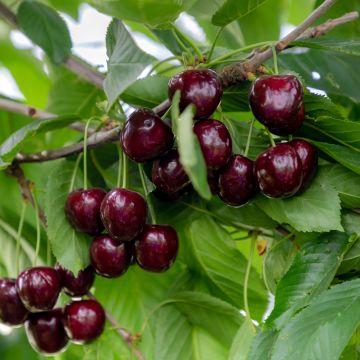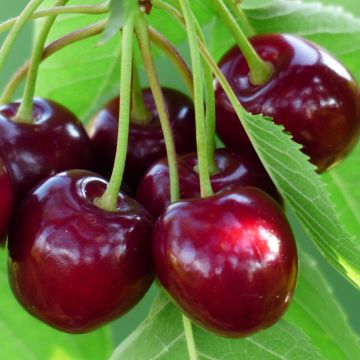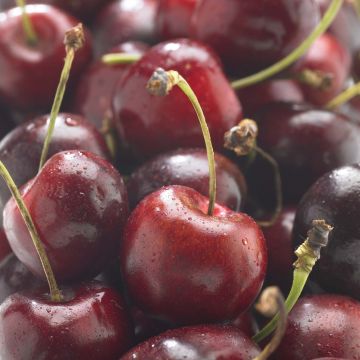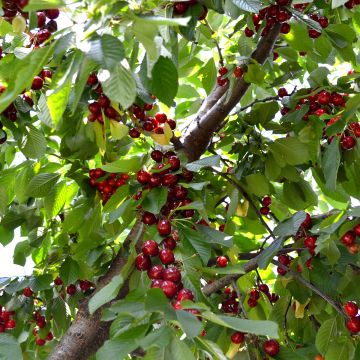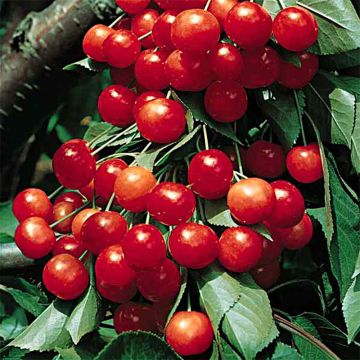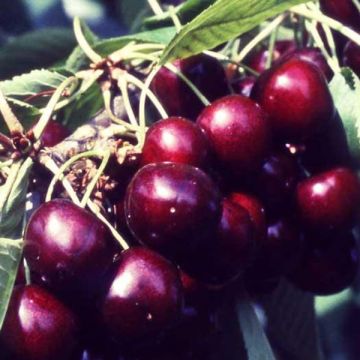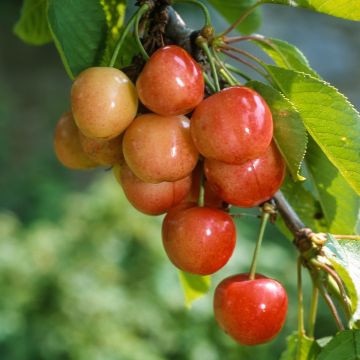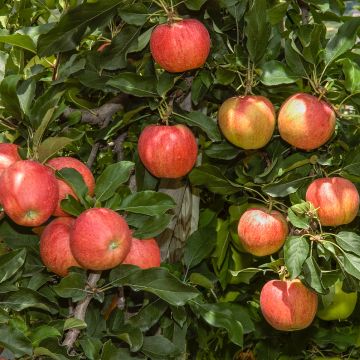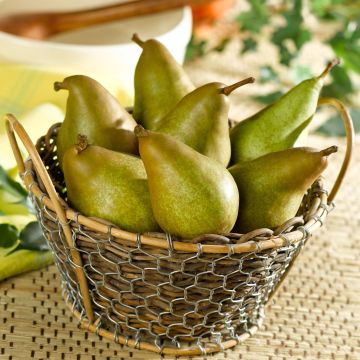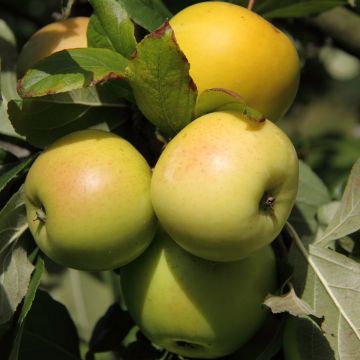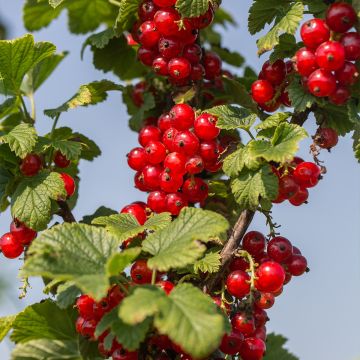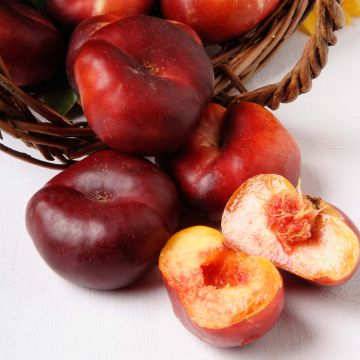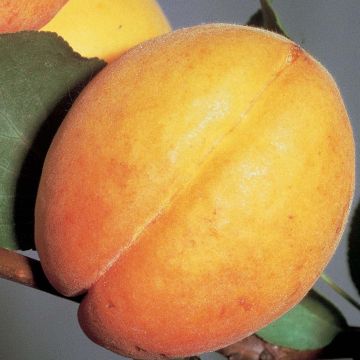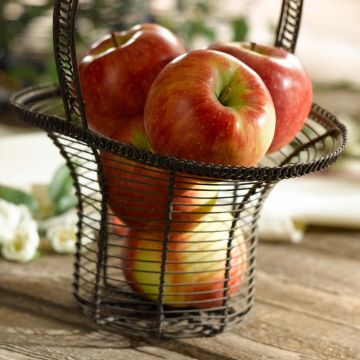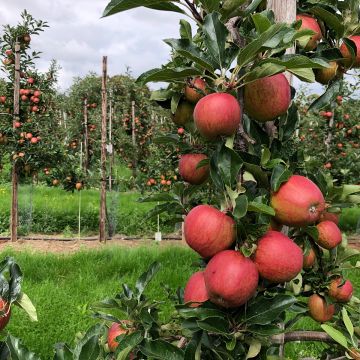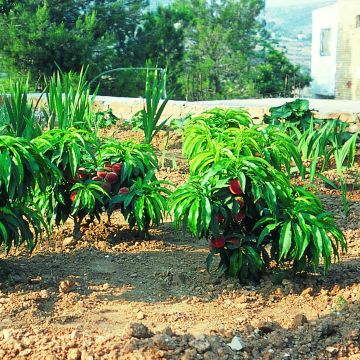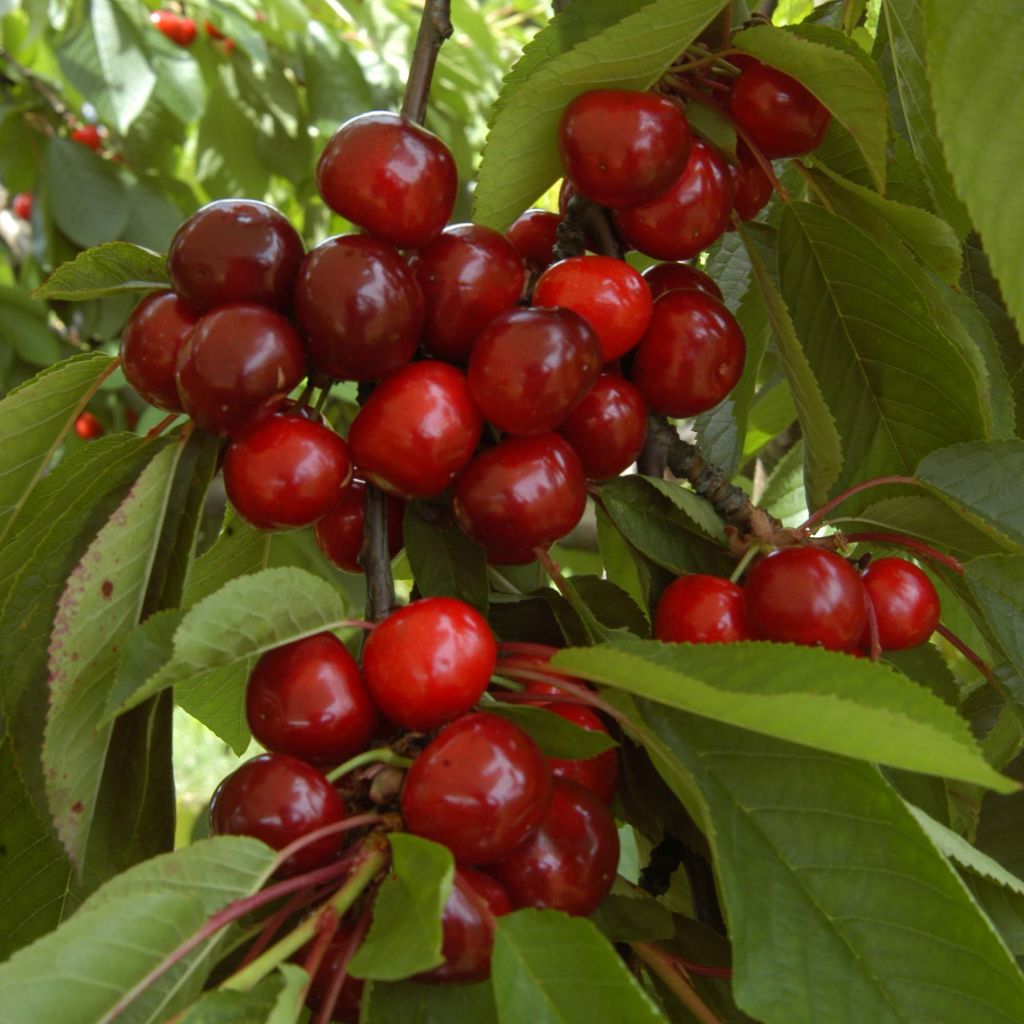

Prunus avium Bigarreau Bigalise - Cherry Tree
Prunus avium Bigarreau Bigalise - Cherry Tree
Prunus avium Bigarreau Bigalise® 'enjidel'
Wild Cherry, Sweet Cherry, Bird Cherry
This item cannot be shipped to the selected country
Delivery charge from €5.90
Delivery charge from €5.90
Oversize package delivery charge from €6.90
Oversize package delivery charge from €6.90
Oversize package delivery charge from €6.90
Oversize package delivery charge from €6.90
Delivery to Corse prohibited
More information
Delivery charge from €5.90
Delivery charge from €5.90
Oversize package delivery charge from €6.90
Oversize package delivery charge from €6.90
Oversize package delivery charge from €6.90
Oversize package delivery charge from €6.90
Delivery to Corse prohibited
More information
Schedule delivery date,
and select date in basket
This plant carries a 6 months recovery warranty
More information
We guarantee the quality of our plants for a full growing cycle, and will replace at our expense any plant that fails to recover under normal climatic and planting conditions.
From €5.90 for pickup delivery and €6.90 for home delivery
Express home delivery from €8.90.
From €5.90 for pickup delivery and €6.90 for home delivery
Express home delivery from €8.90.
Oversize package: home delivery by special carrier from €6.90 per order..
Express home delivery from €8.90.
Oversize package: home delivery by special carrier from €6.90 per order..
Express home delivery from €8.90.
Oversize package: home delivery by special carrier from €6.90 per order..
Express home delivery from €8.90.
Oversize package: home delivery by special carrier from €6.90 per order..
Express home delivery from €8.90.
Delivery to Corse prohibited: UE law prohibits the import of this plant from mainland France to Corse as part of the fight against Xylella fastidiosa. Please accept our sincere apologies.
More information
Description
The Bigarreau Bigalise® Cherry Tree 'Enjidel' produces sweet fruits with firm and crunchy flesh and a dark red and shiny skin. Its cherries have the particularity of reaching diameters of just over 3cm (1in)! Flowering starts at the end of March, avoiding destructive frosts and ensuring good production. Bigarreau cherries are delicious when eaten raw under the tree and can be used in many recipes such as clafoutis, jams, crumbles etc.
The Cherry Tree, Prunus avium, belongs to the Rosaceae family. The Bigarreau Bigalise variety 'Enjidel' is a recent discovery from the French nursery Georges Delbart. Its success is largely due to its sweet and fleshy fruits as well as its late flowering which allows it to avoid spring frosts. Like many fruit varieties, this cherry tree is not self-fertile: it will need the proximity of another variety such as 'Burlat' or Sweetheart® to bear fruit. The Bigalise cherry enjoys the prestigious sponsorship of French pastry chef Pierre Hermé, who was inspired by it to create a dessert. Its flesh is described by him as "Firm and tender, sweet and slightly acidic" and is a marvel of sweetness and flavour.
From the end of March, the cherry tree is covered in small white flowers that appear before the foliage. The fruits ripen around mid-June. The harvest can be more or less abundant depending on the year and may present an alternating (biennial bearing) phenomenon, allowing the tree to replenish its reserves. The fruit production becomes optimal after 6 to 7 years. The cherries must be picked when ripe, as they do not ripen further after harvest. This variety has the advantage of being only slightly sensitive to brown rot.
It is a vigorous and productive tree, of medium size, reaching 5 to 10m (16 to 33ft) in height at maturity. Hardy, it can withstand temperatures down to -20 °C, though the flowers are sensitive to spring frosts and are damaged at -2 °C. Its rounded habit provides a beautiful shaded space, very pleasant during summer. Its alternate, toothed leaves are shiny and dark green, then take on a lovely russet colour in autumn before falling. Adapted to most regions, cherry trees can be planted in a lawn, at the back of a flowerbed, or in an orchard. Ideally plant in autumn or spring, with regular watering.
For transport reasons, our taller scions may be pruned before shipping. They are suitable for all common training sizes: cordons, espaliers, goblets, half-standards, and low standards - everything except for the formation of tall standards. If you would like more information or advice on training your fruit trees, do not hesitate to contact us.
This fruit tree is delivered with a 'ready-to-plant' root ball. During planting, the root ball should be planted as it is. The biodegradable tontine that surrounds the root ball and preserves the rootlets will decompose naturally during the plant's growth. By doing so, you ensure better recovery.
Prunus avium Bigarreau Bigalise - Cherry Tree in pictures
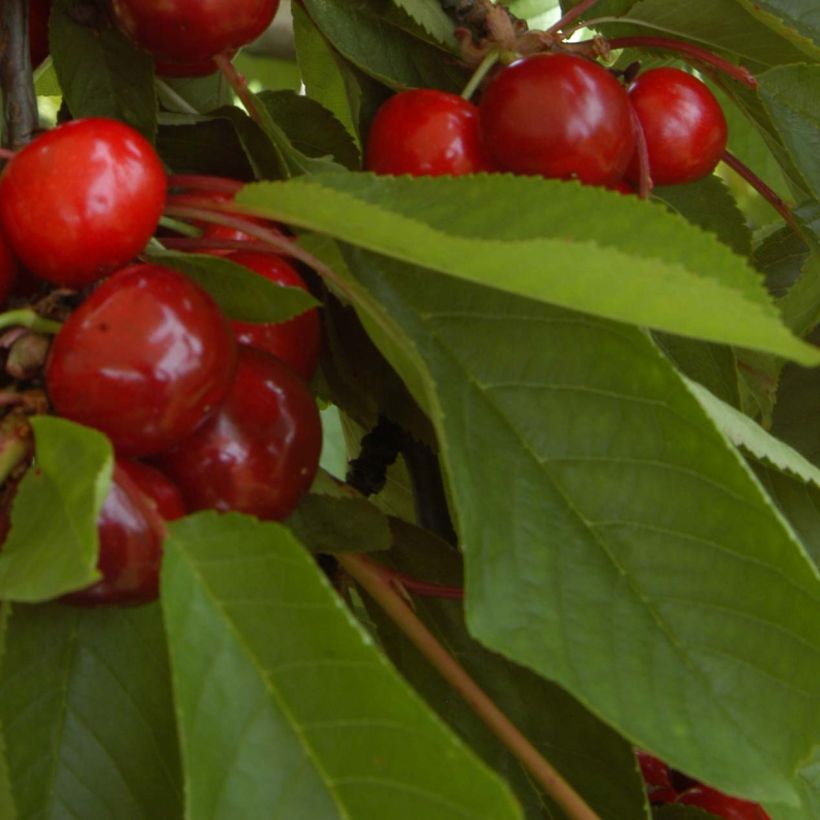

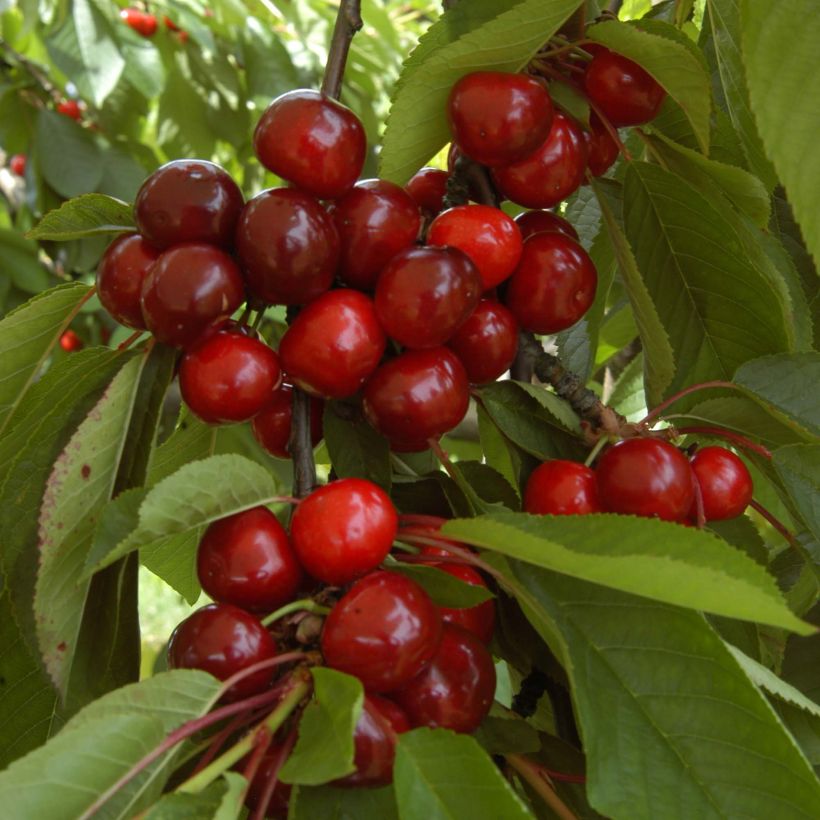

Plant habit
Fruit
Flowering
Foliage
Botanical data
Prunus
avium
Bigarreau Bigalise® 'enjidel'
Rosaceae
Wild Cherry, Sweet Cherry, Bird Cherry
Cultivar or hybrid
Maxma 14 (Ready-to-plant root ball - Goblet)
Other Cherry trees
Planting and care
Easy to cultivate, cherry trees grow in all types of soil, acidic or alkaline. They appreciate moist, light soils and dislike heavy and clayey soils. Choose a sunny site. In order to limit the risks of late frost to the flowers, it is recommended to plant your cherry tree in a sheltered location, facing west and protected from cold winds in regions that experience spring frosts. Planting is preferably done in autumn. If you plant multiple trees, space them 4 to 5m (13 to 16ft) apart for grafted plants.
Loosen the soil deeply, remove stones and unwanted weeds. Add some sand to improve drainage. Dig a hole 4 to 5 times the volume of the root ball. Make sure to separate the subsoil from the topsoil. Mix crushed horn or well-rotted compost or potting soil with the subsoil and pour this mixture into the bottom of the planting hole. Install a stake. Place the root ball, cover with the topsoil, and firm it down. Water generously (about 10L). Tie the stake to the plant, crossing the tie in a figure-eight shape without touching the trunk.
During cultivation watering is not necessary except in the case of high heat. Mulch at the base to keep it cool in summer. Protect your harvest by installing either a bird net, aluminum foil, or old CDs. In case of aphid attack, spray with soapy water.
Planting period
Intended location
Care
Georges Delbard fruit trees
Haven't found what you were looking for?
Hardiness is the lowest winter temperature a plant can endure without suffering serious damage or even dying. However, hardiness is affected by location (a sheltered area, such as a patio), protection (winter cover) and soil type (hardiness is improved by well-drained soil).

Photo Sharing Terms & Conditions
In order to encourage gardeners to interact and share their experiences, Promesse de fleurs offers various media enabling content to be uploaded onto its Site - in particular via the ‘Photo sharing’ module.
The User agrees to refrain from:
- Posting any content that is illegal, prejudicial, insulting, racist, inciteful to hatred, revisionist, contrary to public decency, that infringes on privacy or on the privacy rights of third parties, in particular the publicity rights of persons and goods, intellectual property rights, or the right to privacy.
- Submitting content on behalf of a third party;
- Impersonate the identity of a third party and/or publish any personal information about a third party;
In general, the User undertakes to refrain from any unethical behaviour.
All Content (in particular text, comments, files, images, photos, videos, creative works, etc.), which may be subject to property or intellectual property rights, image or other private rights, shall remain the property of the User, subject to the limited rights granted by the terms of the licence granted by Promesse de fleurs as stated below. Users are at liberty to publish or not to publish such Content on the Site, notably via the ‘Photo Sharing’ facility, and accept that this Content shall be made public and freely accessible, notably on the Internet.
Users further acknowledge, undertake to have ,and guarantee that they hold all necessary rights and permissions to publish such material on the Site, in particular with regard to the legislation in force pertaining to any privacy, property, intellectual property, image, or contractual rights, or rights of any other nature. By publishing such Content on the Site, Users acknowledge accepting full liability as publishers of the Content within the meaning of the law, and grant Promesse de fleurs, free of charge, an inclusive, worldwide licence for the said Content for the entire duration of its publication, including all reproduction, representation, up/downloading, displaying, performing, transmission, and storage rights.
Users also grant permission for their name to be linked to the Content and accept that this link may not always be made available.
By engaging in posting material, Users consent to their Content becoming automatically accessible on the Internet, in particular on other sites and/or blogs and/or web pages of the Promesse de fleurs site, including in particular social pages and the Promesse de fleurs catalogue.
Users may secure the removal of entrusted content free of charge by issuing a simple request via our contact form.


































